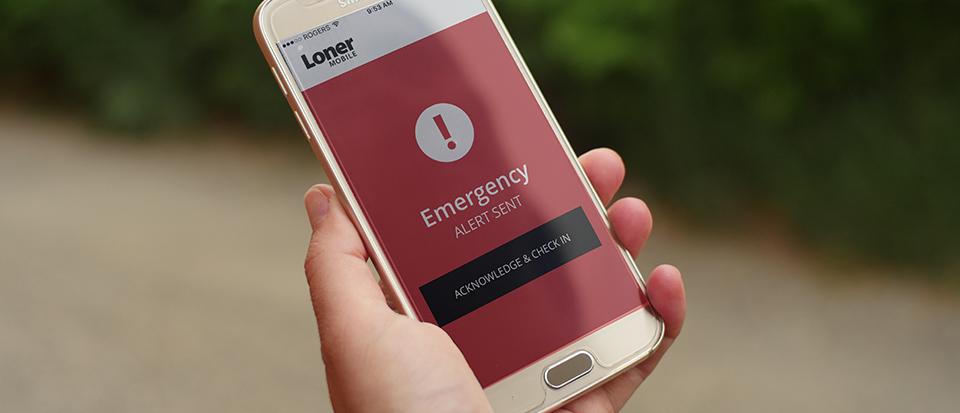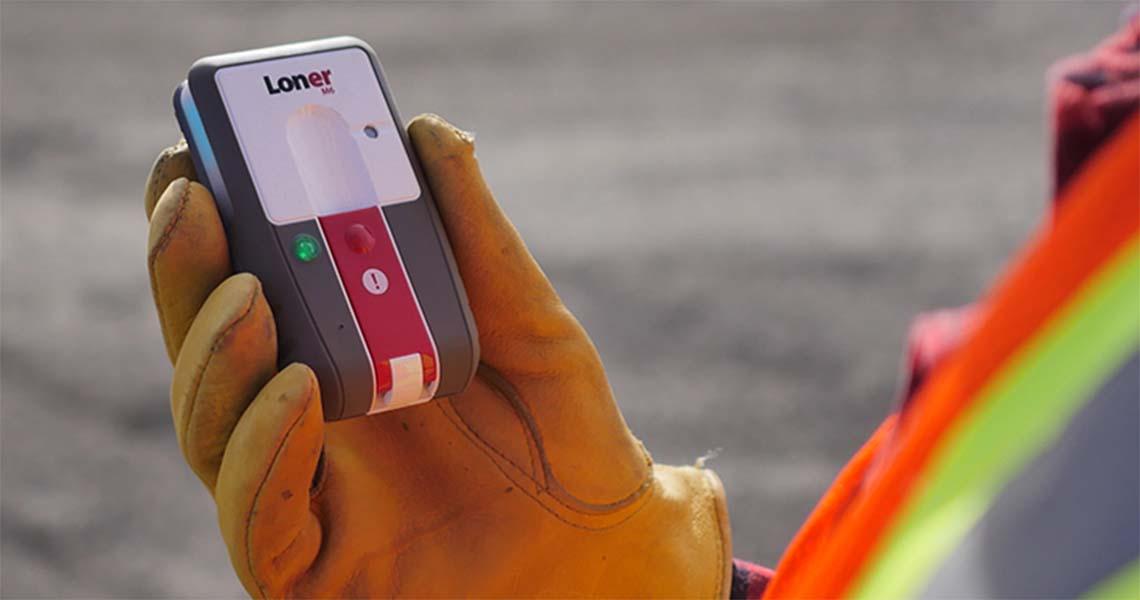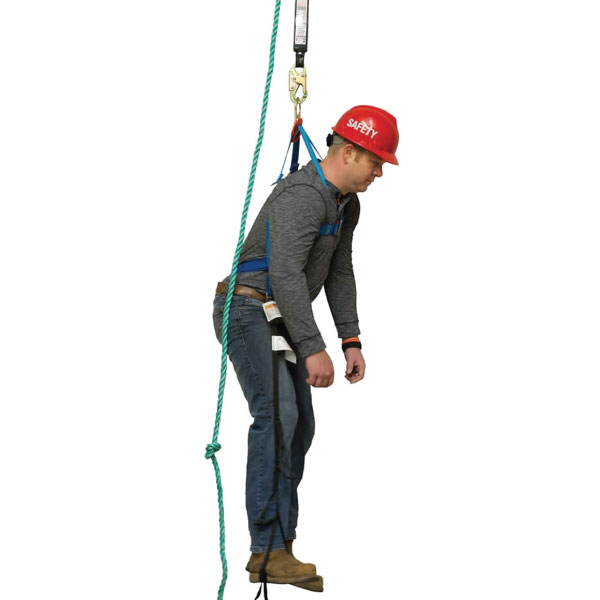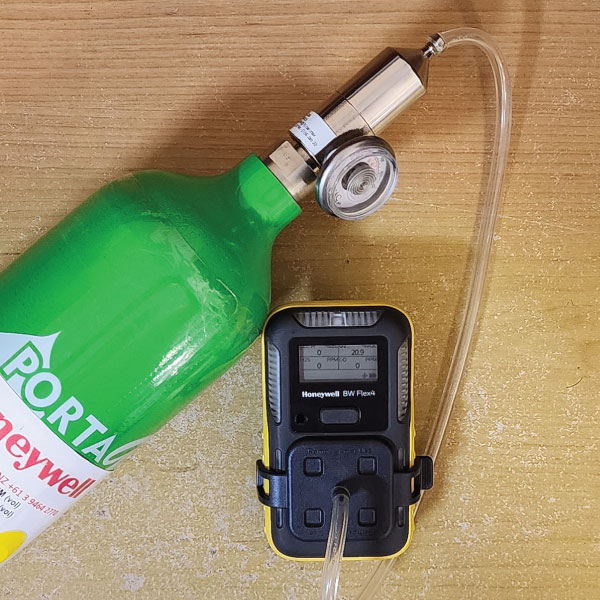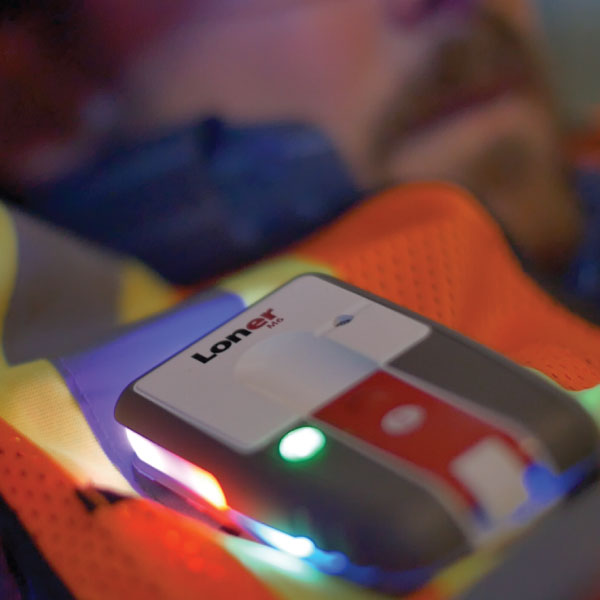Working alone or in an isolated area draws risks that can create many serious and fatal situations. While it is regulated to monitor employees who work remotely there is also a corporate responsibility from each company to look after their workforce. A lone worker is an umbrella term used for a variety of workers.
This is typically workers in the industrial sector working with dangerous chemicals, gases, and equipment, at heights or in remote locations. This term has now begun to include anyone who works by themselves including couriers, support/health care workers, and many others. To ensure the safety of these workers, in the past call-ins or tedious worker monitoring systems have often been used. With the latest installment of Blackline Safety’s Work Alone devices time has been cut and money has been saved in ensuring the safety of workers.
Examples of lone-worker occupations
People/employees who work in the following occupations/areas can be considered lone (remote) workers;
- those who work from home
- anyone working in the energy industry/oil & gas Industries: including upstream workers like surveyors, land managers, drillers, and midstream or downstream workers such as refinery workers and drivers
- construction workers
- mobile workers: traveling salesmen, truck drivers, health visitors, repair technicians, emergency services, police, and other first responders
- manufacturing facility workers
- those who are working outside normal hours such as security guards, cleaners, service station attendants
- utility workers: meter readers, technicians
- anyone who is self-employed
- people who work apart from their colleagues: receptionists, retail clerks, service station attendants
- real estate agents, home care nurses, nannies / au-pairs
The importance of work-alone devices
The broad range of work-alone devices available gives employers instant notice when an incident has occurred. Our range of Lone Worker Monitors from Blackline Safety offers the ability to self-monitoring or additionally have Blackline's own safety operations centre respond to incidents. This flexibility gives you around-the-clock safety monitoring when employers are not available.
Along with the back-to-base support each device has a different use and function available depending on the situation it is used in. In remote areas with limited or no 3G there are options with satellite, likewise, if your device needs fall detection or just GPS tracking or maybe you only need the application on your smartphone, there are options and plans available for all different scenarios.
{module Remote/Lone Worker Devices}
Regulations for working alone
In Australia as of the 1st of January 2014, it has become compulsory for employers to monitor the health and well-being of any of their employees working remotely or in isolated conditions. Control measures are now in place to ensure effective communication and worker monitoring are in place as well as access to the assistance of emergency services for isolated or remote workers. Regulation 48 from the Managing the Work Environment and Facilities Code of Practice 2011 outlines definitions of isolated and remote workers as well as possible control measures and should be read for more information in regard to this law.
Accidents in the workplace/while working
As important as it to follow regulations, companies have a responsibility to look after their employees. Safe Work Australia recorded in 2014 that 188 employees lost their lives while at work and that on average 0.52 fatalities occurred each day. Using work-alone devices, companies are aiming to reduce workplace accidents and fatalities. It also provides workers with peace of mind that if an incident is to occur the correct people will be notified to provide help.
